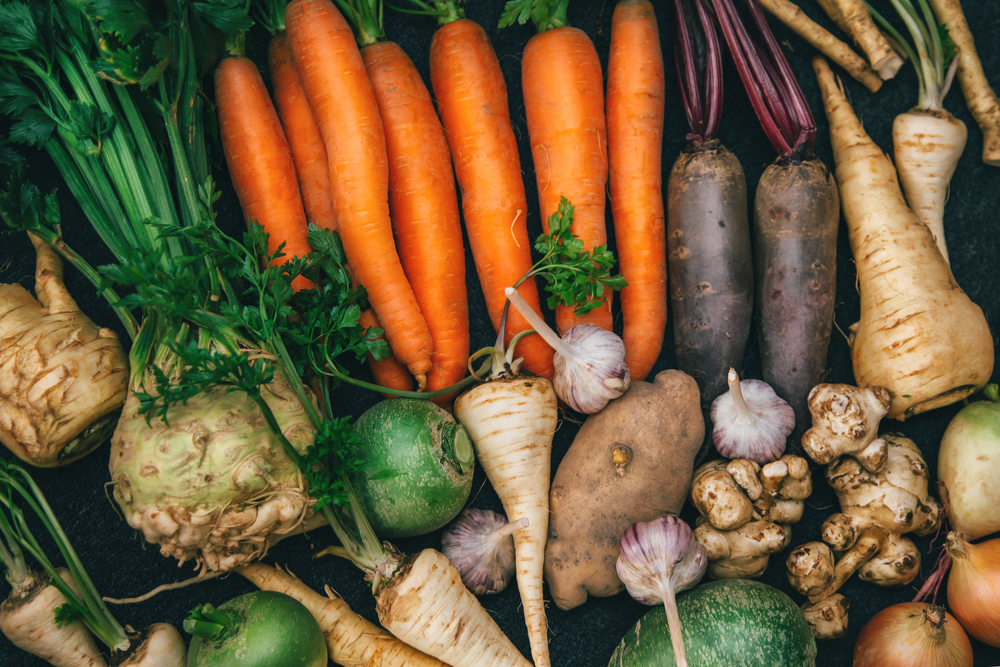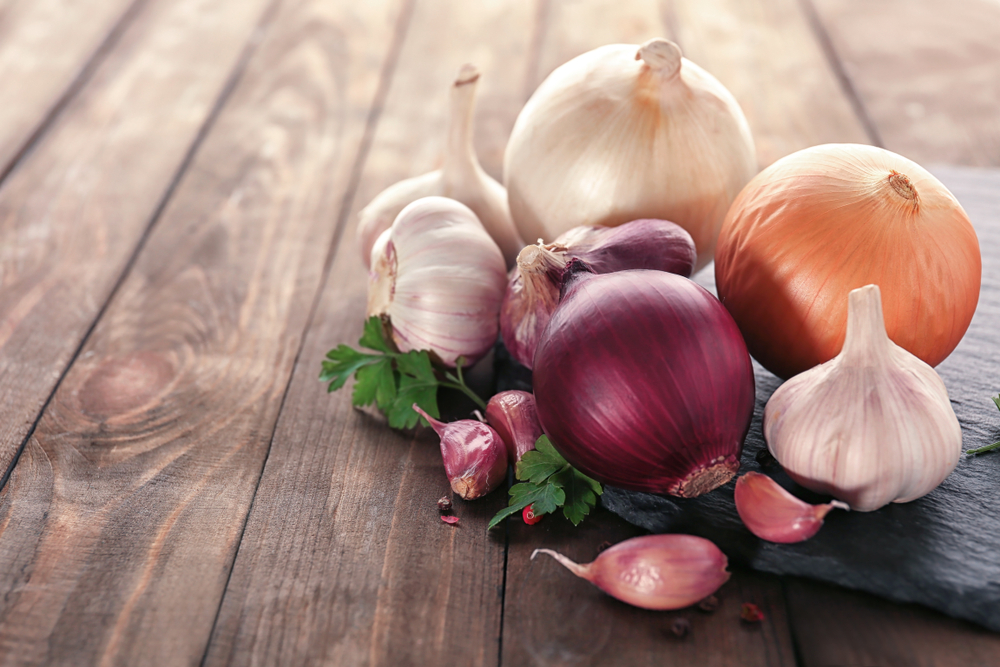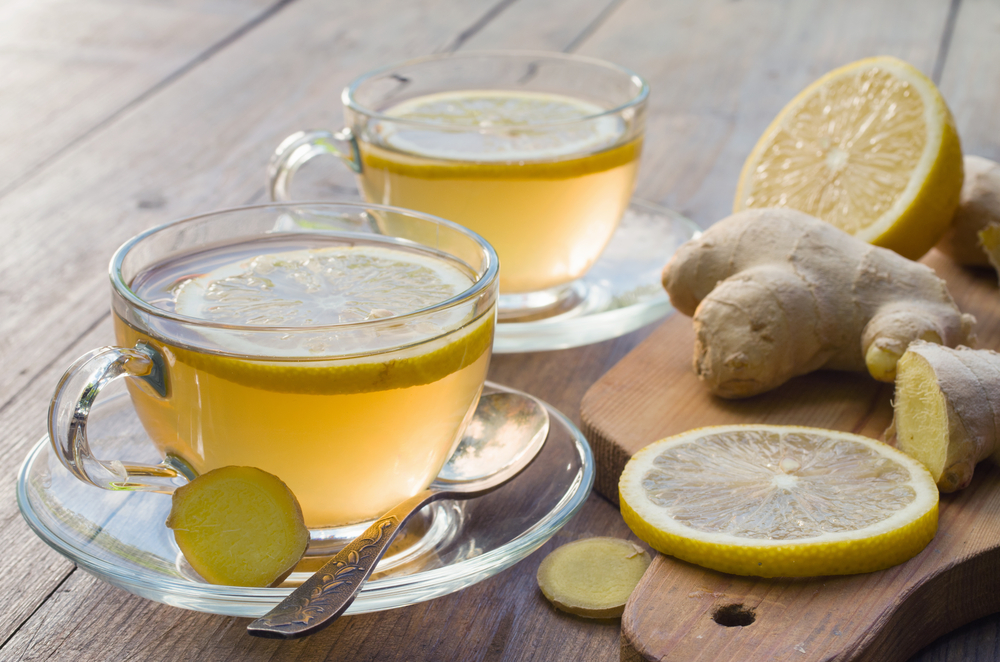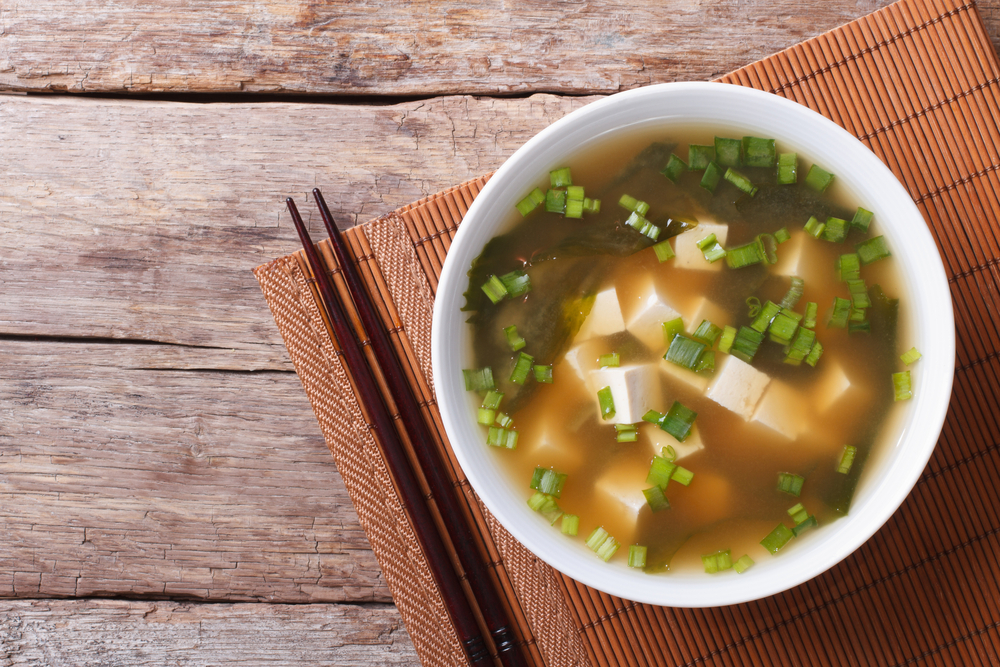February can be a brutal month weatherwise, and it’s also a time when we should take extra care of our bodies, internally and externally. When it comes to winter nutrition, our bodies crave warming foods so it’s no coincidence that nature has provided just what we need throughout the tough winter months.
Clinical Nutritionist Suzie Sawyer shares her favourite ways to warm your body and soul through nutrition this February.
Warmth from roots
Root vegetables are very much in season during the winter months. Nature knows that the body needs nutrient-rich, energy-dense foods that also help the body to feel more ‘rooted’ during the harsh weather.

Potatoes, carrots, onions, garlic, parsnips, kale, turnips, beetroots. and ginger are all packed with immune-boosting vitamin C and beta-carotene, plus other polyphenols. These plant compounds are loaded with antioxidants which protect the body from everything life throws. Importantly, all these ‘roots’ are low on the glycaemic index meaning they’ll provide sustained energy without piling on the kilos.

Some root vegetables, notably onions, garlic and kale, also contain another wonderful plant compound known as quercetin. It naturally helps reduce histamine so is great for allergy sufferers. It can also support you if you have an irritated digestive system. Quercetin is a natural anti-inflammatory meaning it can also help with painful joints, respiratory troubles and reducing blood pressure.
Why not try this delicious root vegetable and lentil casserole? It’s also high in protein, much needed to protect the body at this time of year. It can also help to produce antibodies as part of a normal immune system response.
Warmth from beverages
What we drink is as important as what we eat: although it’s cold outside it is still vital to keep the body hydrated. Therefore, it’s great to drink some warmth too! The spice ginger fits the bill perfectly. The rhizome or underground part of the stem is the part that contains the warming goodness, and which is used as a spice. And it’s the gingerols, ginger’s active compounds, that provide its long-prized medicinal benefits.

Much research has found that ginger helps to fight colds and other viruses,. It can also help relieve pain and inflammation in the joints, soothe the digestion and help prevent nasty infections. Why not brew up some delicious warming ginger tea by pouring hot water onto ginger slices. Leave it to infuse for 10 minutes before adding other warming herbs such as turmeric and cinnamon. Finally add some fresh lemon juice. Each of these spices provides its own plethora of health benefits and really does deliver warmth in a mug!
Warmth from within
Warming foods can also come in liquid form such as soups, specifically miso soup. What makes this soup so healthy and beneficial during February is that miso is a fermented food. These foods naturally provide probiotics that feed our gut microbiome and are so essential for overall health, particularly for immunity. A healthy gut microbiome is also essential for mental wellbeing which we often need more support for during the winter months.

Additionally, fermented foods, especially miso, help stimulate digestion, further encouraging the body to rid itself of toxins that build up especially if you’re constipated. Miso is produced from soybeans, which are known to have great benefits for the cardiovascular system, bones, and skin (especially for women going through the menopause).
























Add comment